
Top Ten Algarve Destinations
Portugal's beautiful Algarve has a climate, culture and scenery quite different from the rest of the country and is a favourite destination for those in search of a quiet life in retirement. Enclosed by ranges of hills to the north, the Algarve boasts a stunning coastline and year-round mild weather thanks to warm air and sea currents from neighbouring Africa. Easily accessible via Faro Airport, which is served by several budget airlines, the Algarve has long been one of southern Europe's most popular holiday destinations. Here are the top ten Algarve destinations to visit:
1. Faro
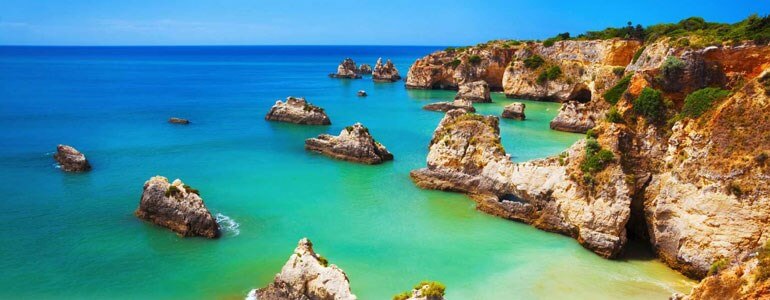
Faro has been the capital of the Algarve since 1756. Originally a prehistoric fishing village, Faro today is a vibrant city that still has some of its medieval walled fortifications, but also boasts many fine18th- and 19th-century buildings as well as elegant 18th-century palaces, churches and squares. The historic city centre is easily explored on foot, fanning out from the small harbour to the Old City in the south-east, which is reached via the Arco da Villa, an arch built on the site of a medieval castle gate in the 19th century for the then bishop, Dom Francisco Gomes do Avelar, who had decided to resign Faro, which was then in decline.
2. Silves
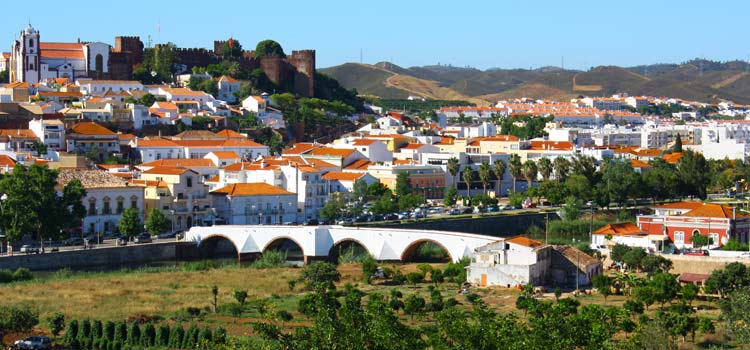
Lying further inland, Silves is accessible via the A22 motorway. Encircled by valleys of orange groves and guarded by a red sandstone castle perched high above the city, Silves was a cultural centre during the Algarve's Arab occupation and home to orators and poets until the Knights of Santiago reconquered the city in 1242. Castelo de Silves, the castle and its Cistern of the Enchanted Moorish Girl, are open daily and a must-see, as the views from the polygonal ramparts are spectacular. Also noteworthy is Solves' beautiful cathedral, which dates from the 13th century. Largo da Sé is open daily, except on public holidays.
3. Olhão
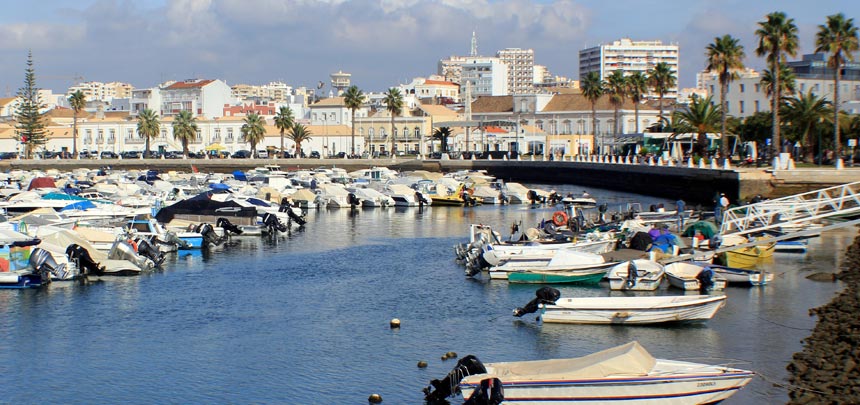
If you love seafood, you'll want to visit an authentic, traditional fish market. The best one of these is found in Olhão, which lies on the eastern side of the Algarve and has been famous for its seafood produce since the Middle Ages and today is one of the largest fishing ports and tuna and sardine canning centres in the Algarve. Boasting more than 80 stalls, the covered market sells the morning's catch during the week, while on Saturdays exterior stalls line the quay, which offer a wide range of locally made products, from basket-ware to live chickens. East of Olhão and accessible via the N125 coastal road lies the Parque Natural da Ria Formosa. This stunning nature reserve stretches from Praia de Faro to Cacela Velha, following about 60 km of coastline. Comprising of a lagoon area of marshes, islets, salt-pans and channels that are sheltered from the open sea by a chain of barrier islands and sand dunes, the nature reserve is home to a wide range of wildlife, including cattle egrets, the dark purple gallinule (a relative of the moor-hen) and the red-crested pochard, a brightly coloured duck that originates from central Europe. In short, it's a birdwatcher's paradise and a great place to spend a whole day exploring.
4. Portimão
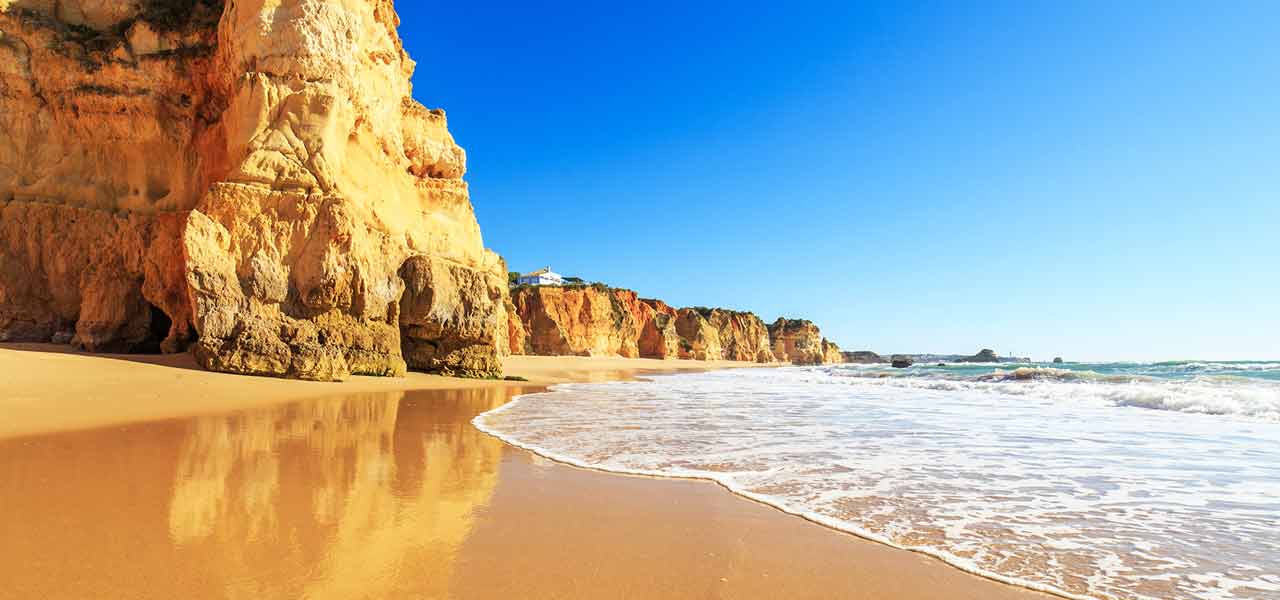
There are numerous world-class golf courses in the Algarve, and the town's Penina Hotel & Golf Resort is an ideal base from which to explore some of them. Sir Henry Cotton Championship course has 18 holes, par 73, and was the first course to be built in the region (http://penina.com/golf-courses-and-academy). Portimão is one of the largest towns in the Algarve. With its large natural harbour on the estuary of the Rio Arade and sizeable marina, the 18th century town centre offers excellent shopping, a bustling sprawling market and good smattering of nightlife. The mainly pedestrianized town centre also offers such architectural gems as the 14th century church of Nossa Senhora da Conceição. To the south lies the famous Praia da Rocha, a beach with a series of sandy coves, and to the east stands the impressive 16th century Fortaleza de Santa Catarina, which offers stunning views across the beach with its protruding red and ochre rocks and cliffs.
5. Almancil
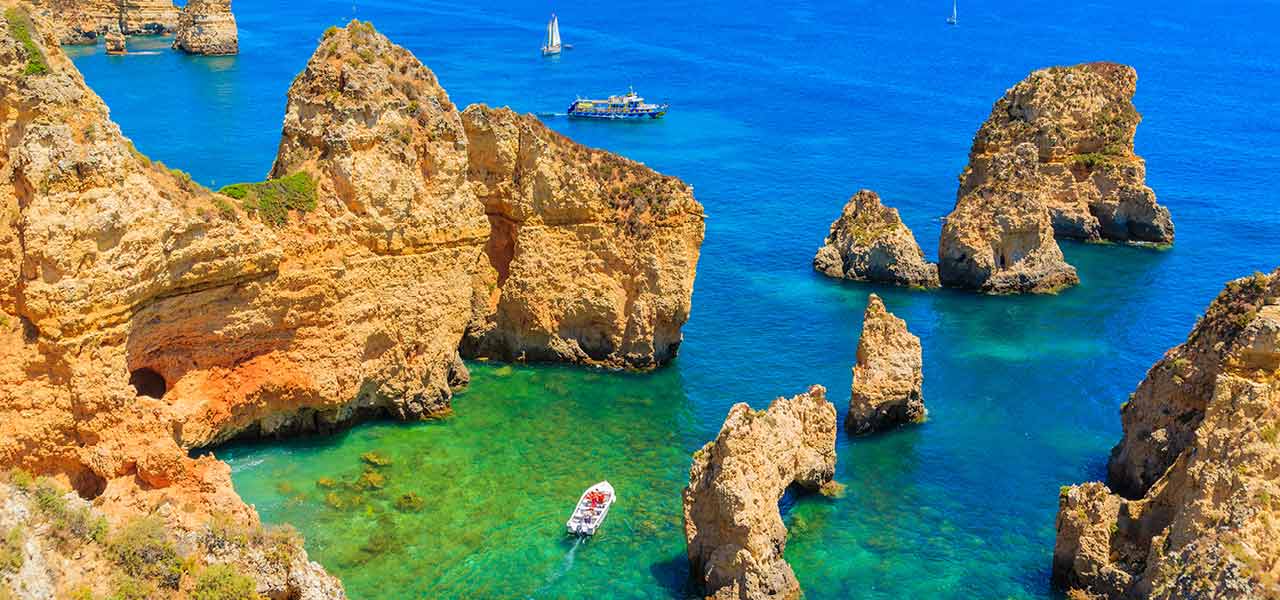
If you like visiting historic monuments, Almancil can offer you plenty of those, especially if you enjoy visiting simple, whitewashed churches the Algarve is justly famous for. For they may look simple and rustic on the outside, but more often their insides are decorated from floor to ceiling with the most beautiful hand-painted tiles (azulejos). One of Algarve's finest examples can be found just outside Almancil, at the tiny 18th century São Lourenço Church. Completed in 1730, the church's interiors are covered from floor to cupola to such a stunning effect, you forget that the altar is entirely covered in glittering gild. The church was commissioned by local residents, who wanted to give thanks to St Laurence, when their prayers for water were answered. The town itself is popular with British expats, something expressed by a large number of estate agents and holiday and building-industry related services. Thanks to the large expat community you'll find some of the Algarve's best restaurants in the town and along the seafront.
6. Vilamoura
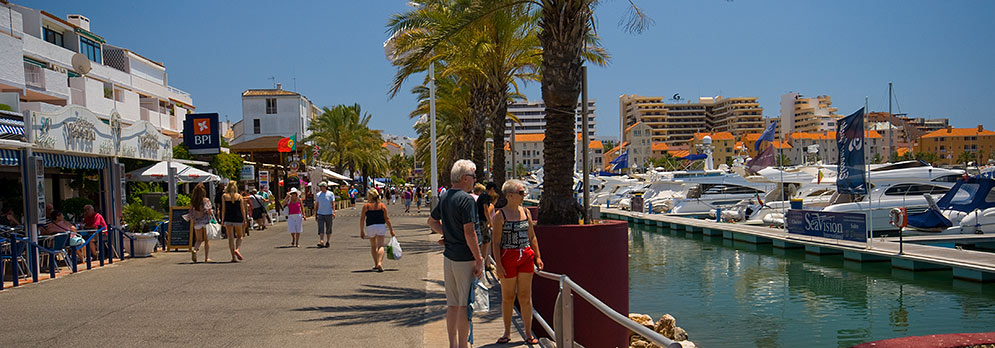
If water sports are your thing, start at Vilamoura Marina, where you can rent power boats, catamarans and smaller yachts or join guided cruises that make a few stops along the coast to allow passengers to swim, dive and snorkel into some of the more impressive caves, among them Algar de Benagil, one of the world's most famous ocean caves. Due to the east lies the hugely popular Praia da Marina, and nearby you'll find the ruins of a 1st century AD Roman villa that include a bath complex and house with lovely mosaics that depict fish. Cruises with operator Seafaris start from 34.00 euros, fishing trips from 52,00 euros including equipment hire and bait (algarve-seafaris.com).
7. Albufeira
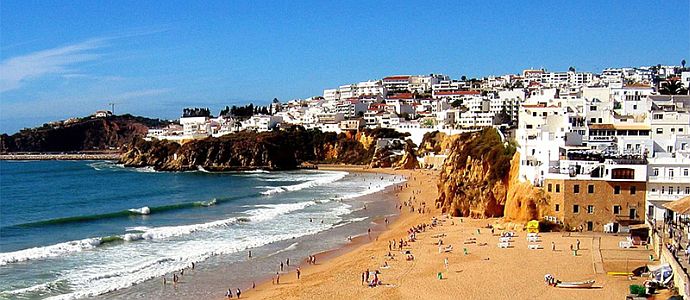
Albufeira is home to the Algarve's biggest visitor attraction: Zoo Marine (zoomarine.pt) which provides children with many opportunities to interact with animals at close range. The sea lion, seal and dolphin shows are an unmissable highlight and it is even possible to swim with dolphins at Zoo Marine. The park has numerous water slides and rides, too. The town itself is a charming former fishing village of whitewashed houses that overlooks a sheltered beach. A huge castle once guarded the town, but today only ruins are left where the Knights of Santiago once dwelt in the 13th century. Don't miss the lovely church of São Sebastião on Parça Miguel Bombarda, which boasts a Manueline doorway.
8. Sagres
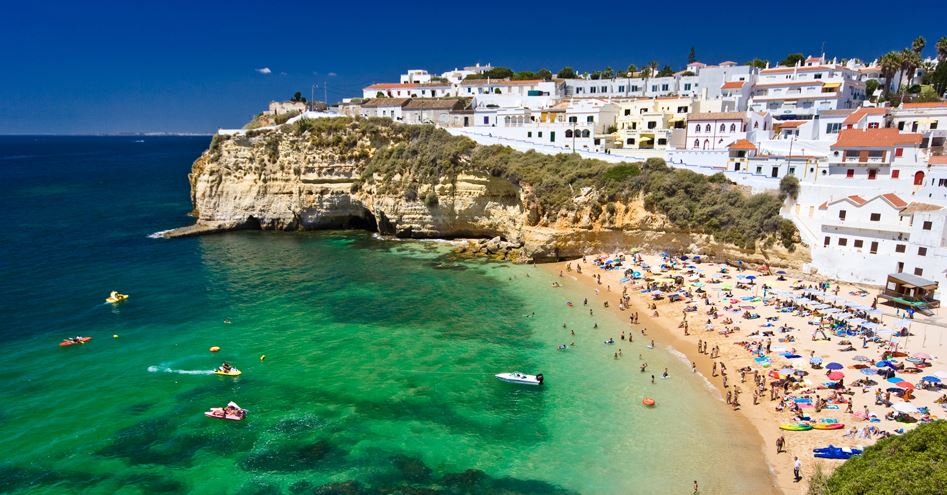
Sleepy little Sagres boasts a small harbour and is within easy reach of many superb beaches, which makes Sagres popular with water sports enthusiasts of all ages. Martinhal, which lies about half a mile to the east, has a watersports school that offers water-skiing, wind surfing and surfing tuition. With Mar Ilimitado (marilimitado.com) you can go and watch dolphins in the wild. You'll be accompanied by a couple of marine biologists, who will point out porpoises and sea turtles, gannets, shearwaters and storm petrels along the way.
9. Quarteira
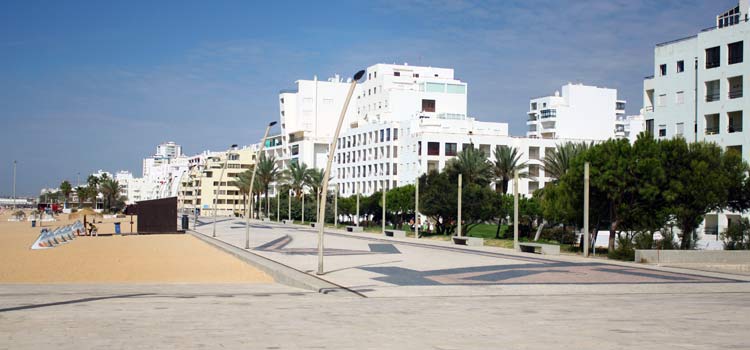
Among the Algarve's many tourist attractions are water parks, hugely popular with children of all ages. You can spend an entire day in one of them, and there are several to explore, among the Aquashow Park Hotel, which boasts a 50ft-high snake slide (aquashowparkhotel.com). Quarteira lies within a short drive of Vilamoura, home to several famous golf courses and future home to Europe's largest leisure complex. With its four golf courses, tennis courts, riding school shooting and fishing facilities and indoors and outdoor sports complexes, Vilamoura is a tourist hot spot, which means Quarteira feels a lot more peaceful, ideal for family holidays with young children.
10. Loulé
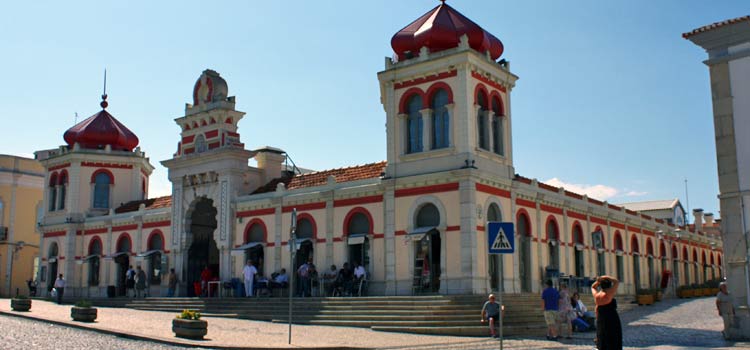
Located several kilometres inland along the N270 route, Loulé is an attractive market town with a thriving craft centre and, on the northern side of town, a castle complex of ruins that is Moorish in origin but was rebuilt after the Christian re-conquest in the 13th century. The town's heart lies just south of Praça da República and is home to a covered, bustling, pink-domed market, which is augmented by an outdoor gypsy market on Saturdays. Not to be missed, if you like medieval monuments, is the lovely 13th century São Clemente on Largo d Silva, which three successive earthquakes tried hard to destroy but didn't succeed. The Capela de Nossa Senhora da Consolação boasts superb blue and white azulejo panels from floor to vaulted ceiling.






